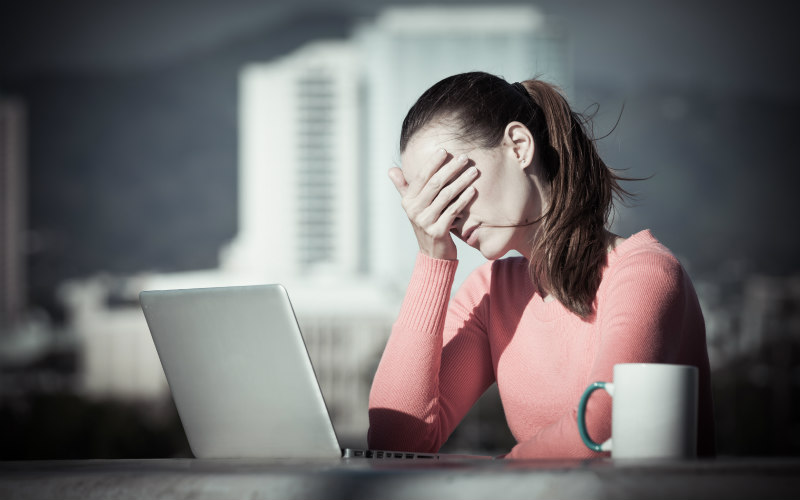
In February 2020 around 5.7% of workers in the UK worked from home. As a result of the pandemic that figure has now grown to around 60%.
There are benefits of working from home (WFH). Cutting out things like commuting and buying lunch out on average saves each employee £44.78 per week. It’s also reported that two thirds of people WFH feel more productive.
With the benefits, come the drawbacks. The lack of human contact has resulted in one in five people experiencing feelings of loneliness. With this in mind, and that mental health related absence was the most common cause of long-term sickness absence in UK workplaces in 2019, employers need to be mindful and adapt a range of measures to support employees experiencing poor mental health as a result of WFH.
The physical aspects of working from home also present risks to the well-being of employees. The following list shows the most common types of injury occurring in an office:
- Items falling from height
- Lifting
- Trips and falls
- Incorrectly set-up workstation
As these injuries are non-specific to an office environment, there’s good reason to consider that employees are more likely to suffer an injury in their own homes which aren’t designed for working like an office.
What steps should employers take to minimise the risk to employees WFH?
Employers still have a duty to look after their employees’ safety even when they are working from home.
Employers should carry out a risk assessment to ensure working conditions are suitable. Given the logistics of having to visit the home of every employee, it’s reasonable for employers to issue employees with risk assessments to complete in the form of questionnaires for example. The employer should then follow up on any issues highlighted by the employee.
Could my employer be liable if I’m injured working from home?
The injured employee would need to prove that the employer had been negligent in relation to the specific accident.
In an office environment where the employer has control over the workplace, they are responsible for ensuring that the office is kept free from any hazards. They are also responsible for ensuring that suitable work equipment is provided and maintained in good working order.
If a suitable risk assessment has been carried out then it may be difficult to hold an employer responsible for an accident such as a slip or trip at home because the employer has no control.
If however an accident occurs at home due to faulty work equipment then an employer could be liable as they have a responsibility to ensure work equipment is appropriate and properly maintained.
Each case would need to be assessed on its individual facts and circumstances.
Rights remain the same
Whether in the office or working from home, employers still have an obligation to take reasonable care for your safety at work and communication is key.
If you’re unsure whether your home is safe for working then you should ask your employer to explain the measures they’re implementing to bring the risks down to an acceptable level to prevent injury.
Daniel McGinn is an Associate in our specialist Personal Injury team. For further information, please contact Daniel on 0800 731 8434 or email dmcginn@thorntons-law.co.uk. You can contact any member of the Personal Injury team on 0800 731 8434 or click here for more information.
